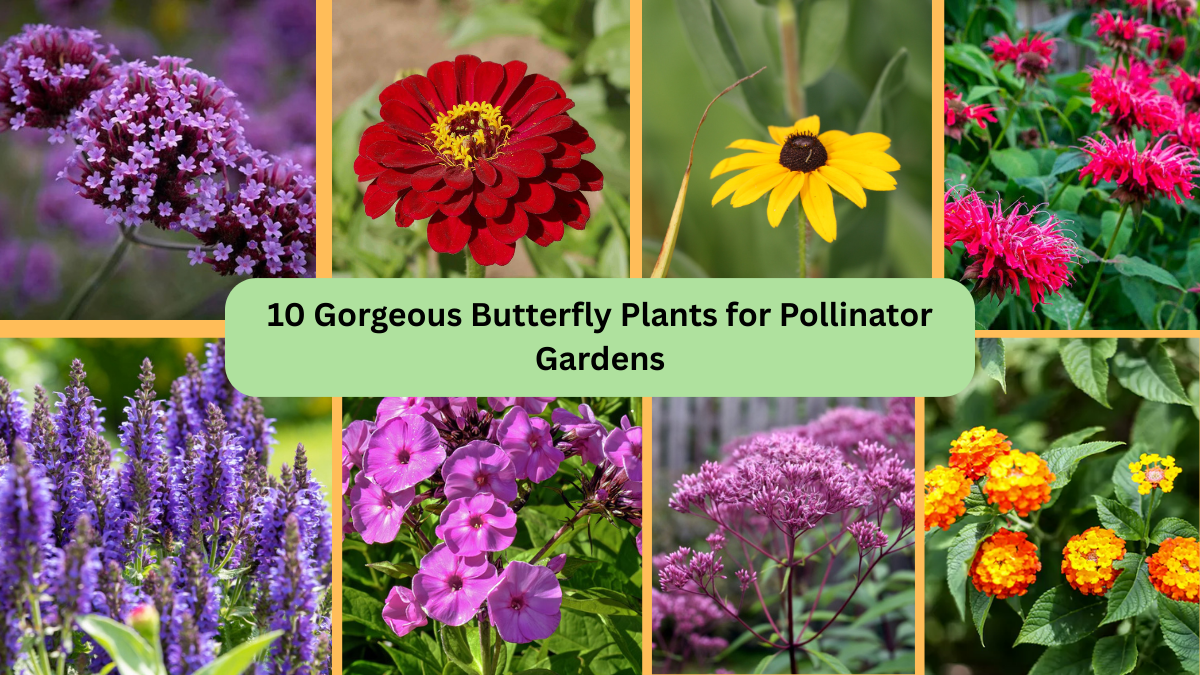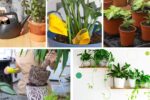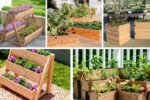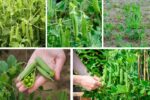Few things add more beauty and life to a garden than the flutter of colorful butterflies. To turn your outdoor space into a buzzing pollinator haven, you need the right plants — ones that offer rich nectar for adults and host plants for caterpillars. Butterfly-friendly gardens not only attract these beautiful creatures but also benefit bees, hummingbirds, and other pollinators, helping to sustain your local ecosystem.
Whether you’re planting a dedicated pollinator patch or tucking nectar-rich blooms into your flower beds, here are 10 gorgeous butterfly plants for pollinator gardens you’ll want to include.
1. Milkweed (Asclepias spp.)
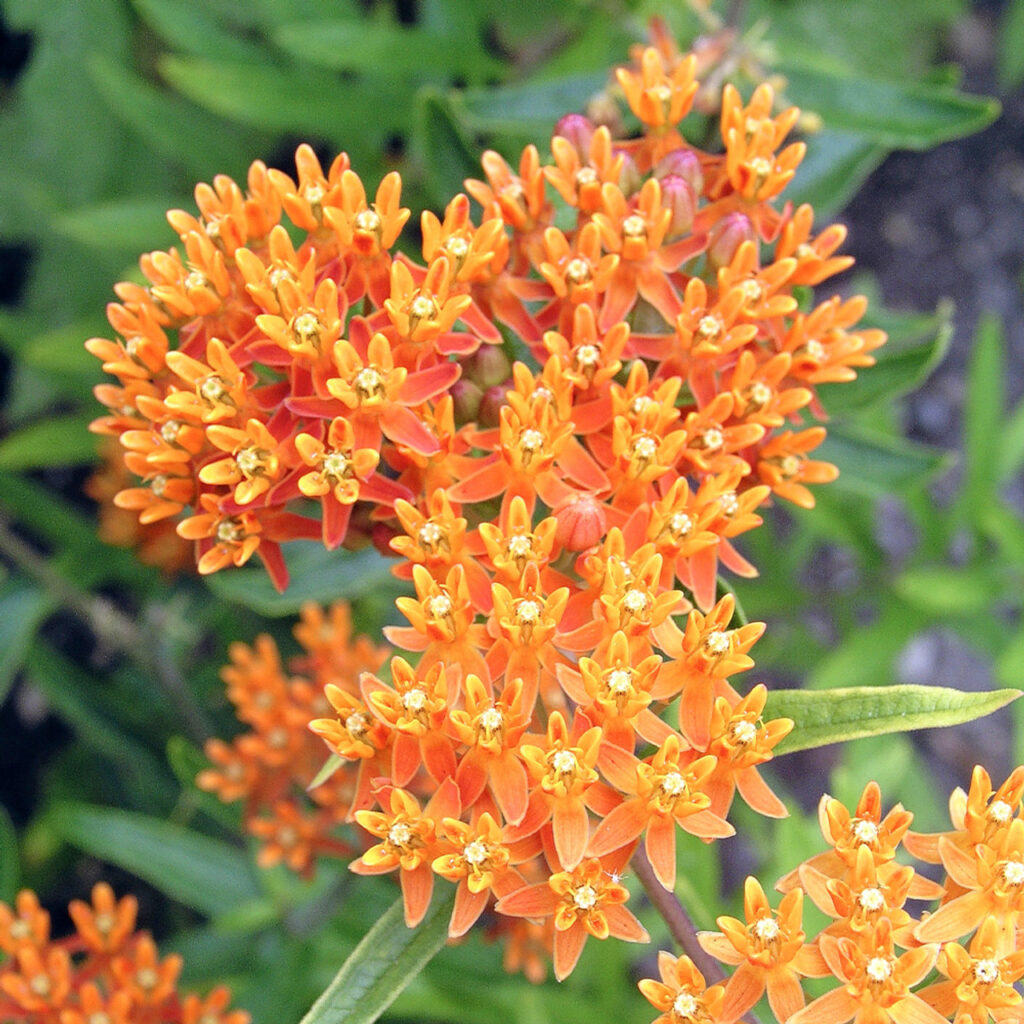
No butterfly garden is complete without Milkweed, the essential host plant for monarch butterflies. These hardy perennials produce clusters of nectar-rich flowers in shades of orange, pink, white, and red, attracting a wide range of pollinators. Monarch caterpillars rely exclusively on milkweed leaves for food, making it a must-have for anyone hoping to support their life cycle. Varieties like Asclepias tuberosa (Butterfly Weed) and Asclepias incarnata (Swamp Milkweed) add both color and ecological value to sunny borders and wildflower meadows.
2. Coneflower (Echinacea spp.)
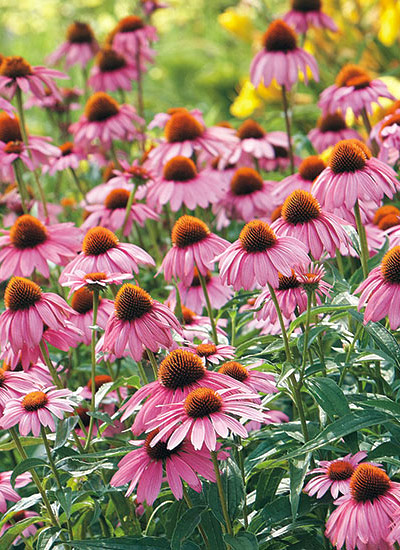
Coneflowers are beloved for their bold, daisy-like flowers with raised central cones and vibrant petals in shades of pink, purple, orange, and white. Blooming from summer to fall, they provide abundant nectar for butterflies like swallowtails, monarchs, and painted ladies. Coneflowers are drought-tolerant, deer-resistant, and easy to grow in full sun. Their seed heads also offer winter food for birds, adding year-round interest to your pollinator garden while creating a beautiful, cottage-garden vibe.
3. Bee Balm (Monarda spp.)
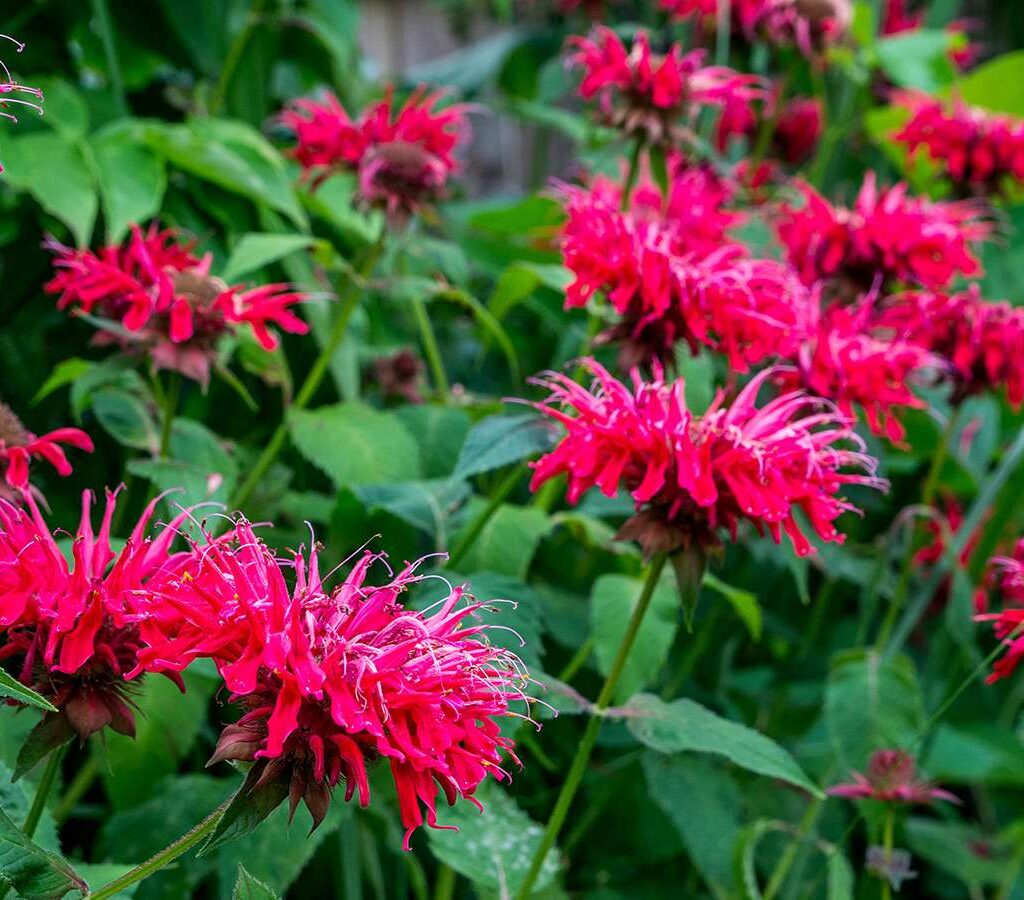
Known for its aromatic foliage and frilly, tubular flowers in hues of red, pink, purple, and white, Bee Balm is a magnet for butterflies, hummingbirds, and bees. It blooms from midsummer to early fall, offering a reliable nectar source during the peak butterfly season. Bee Balm thrives in full sun to part shade with moist, well-drained soil. It spreads easily, making it ideal for filling garden beds, borders, and wildflower patches while adding a touch of rustic charm.
4. Black-Eyed Susan (Rudbeckia hirta)
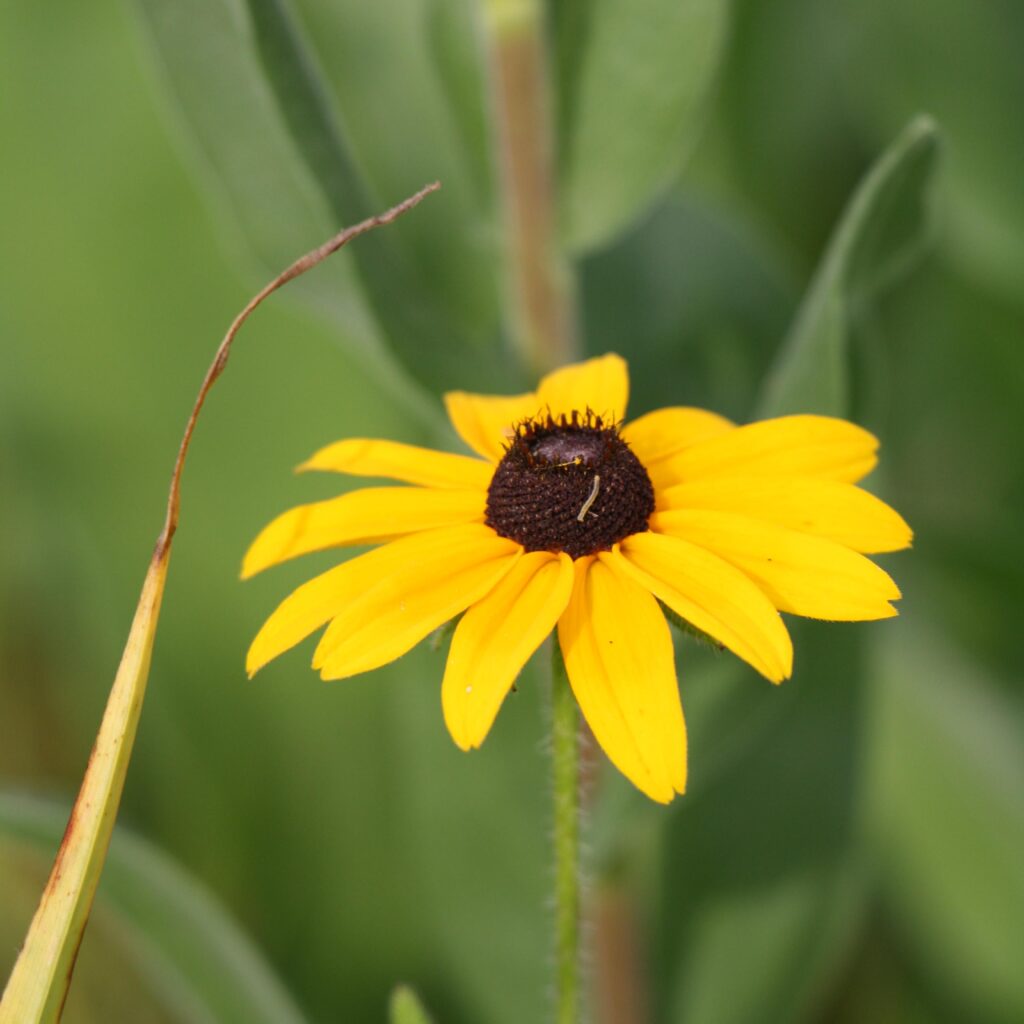
With their bright yellow petals and dark, dome-shaped centers, Black-Eyed Susans light up pollinator gardens from midsummer into fall. These native wildflowers are particularly attractive to butterflies like painted ladies, fritillaries, and skippers. They thrive in sunny, well-drained spots and are wonderfully low-maintenance. Not only do they provide nectar-rich blooms, but their seed heads feed birds through fall and winter, making them both practical and beautiful garden additions.
5. Lantana (Lantana camara)
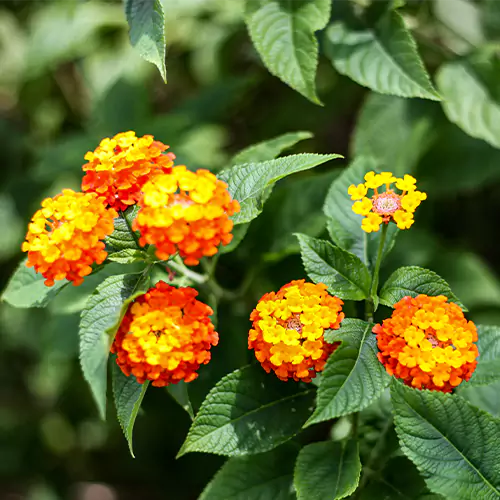
Lantana is prized for its clusters of small, vividly colored flowers that often change hues as they age, creating a multicolored display. Its nectar-rich blooms are irresistible to butterflies, hummingbirds, and bees from late spring to frost. Lantana loves full sun and well-drained soil and thrives in both garden beds and containers. In warm climates, it acts as a perennial, while in cooler zones, it’s an annual that provides nonstop color for butterfly gardens.
6. Zinnia (Zinnia elegans)
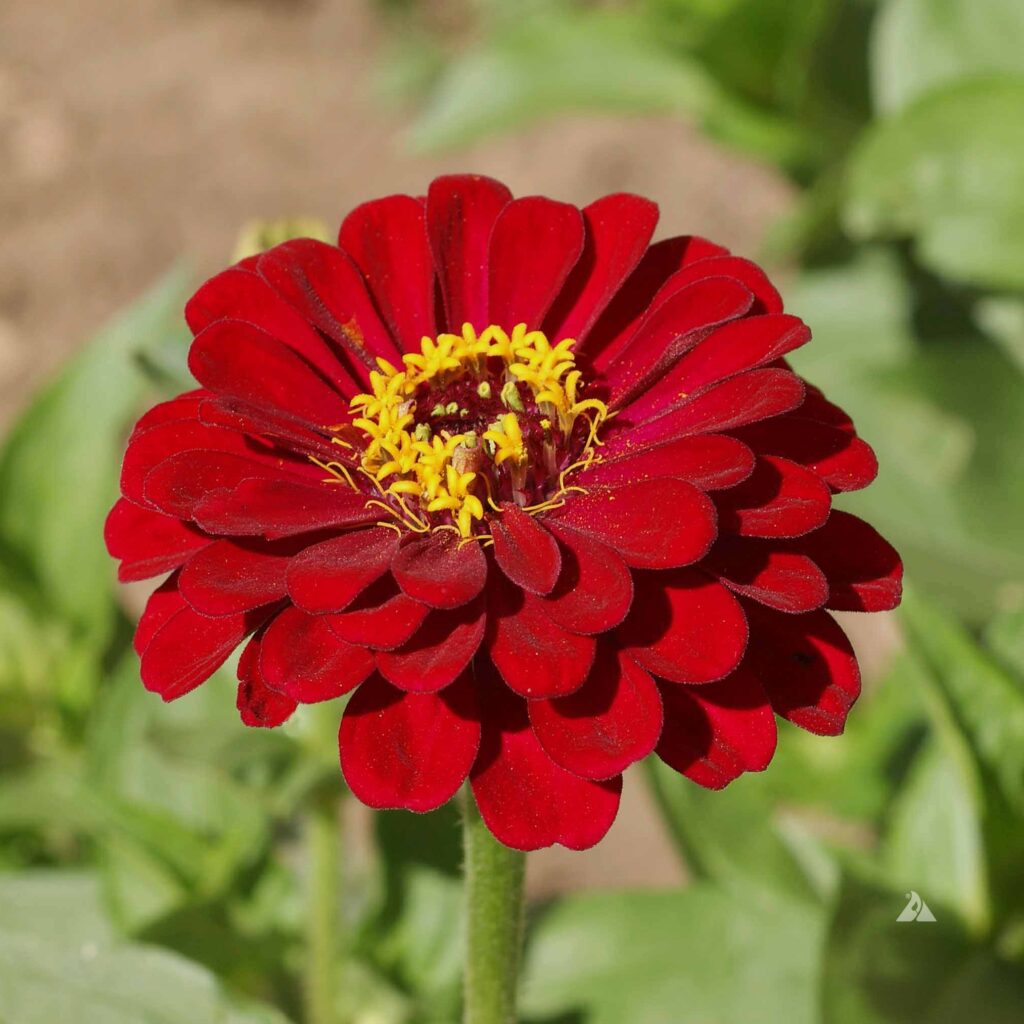
Cheerful and easy to grow, Zinnias come in a rainbow of colors, with single, double, or ruffled flower heads that butterflies adore. These annuals bloom prolifically from summer until the first frost, offering an extended nectar source for pollinators. Zinnias prefer full sun and thrive in garden beds, borders, and containers. Their long stems also make them excellent cut flowers, adding indoor beauty while supporting your outdoor butterfly population.
7. Verbena (Verbena bonariensis)

With its slender stems and airy clusters of small, lavender-purple flowers, Verbena bonariensis adds height and texture to butterfly gardens. Butterflies flock to its nectar-rich blooms from mid-summer to fall. This tall, see-through perennial loves full sun and well-drained soil and is perfect for naturalistic plantings, cottage gardens, and border backdrops. Its long-lasting flowers and drought tolerance make it a favorite for gardeners and pollinators alike.
8. Joe-Pye Weed (Eutrochium purpureum)
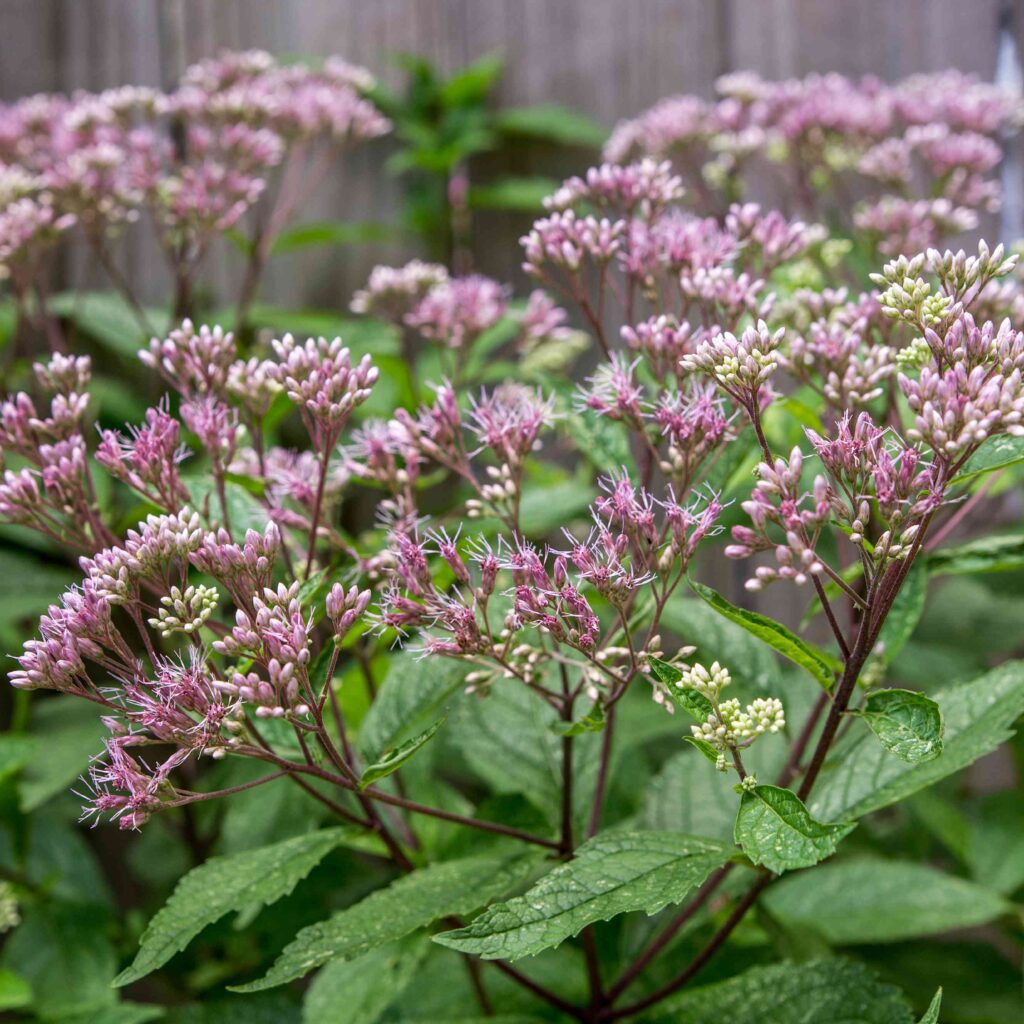
For those seeking a native perennial with striking height and butterfly appeal, Joe-Pye Weed is a top choice. Its large, domed clusters of mauve-pink flowers appear in mid-to-late summer, attracting monarchs, swallowtails, and fritillaries. Joe-Pye Weed thrives in moist, fertile soil and full to partial sun, making it ideal for rain gardens, stream banks, or the back of mixed borders. Its towering height and impressive blooms create a bold, naturalistic display in pollinator gardens.
9. Salvia (Salvia spp.)
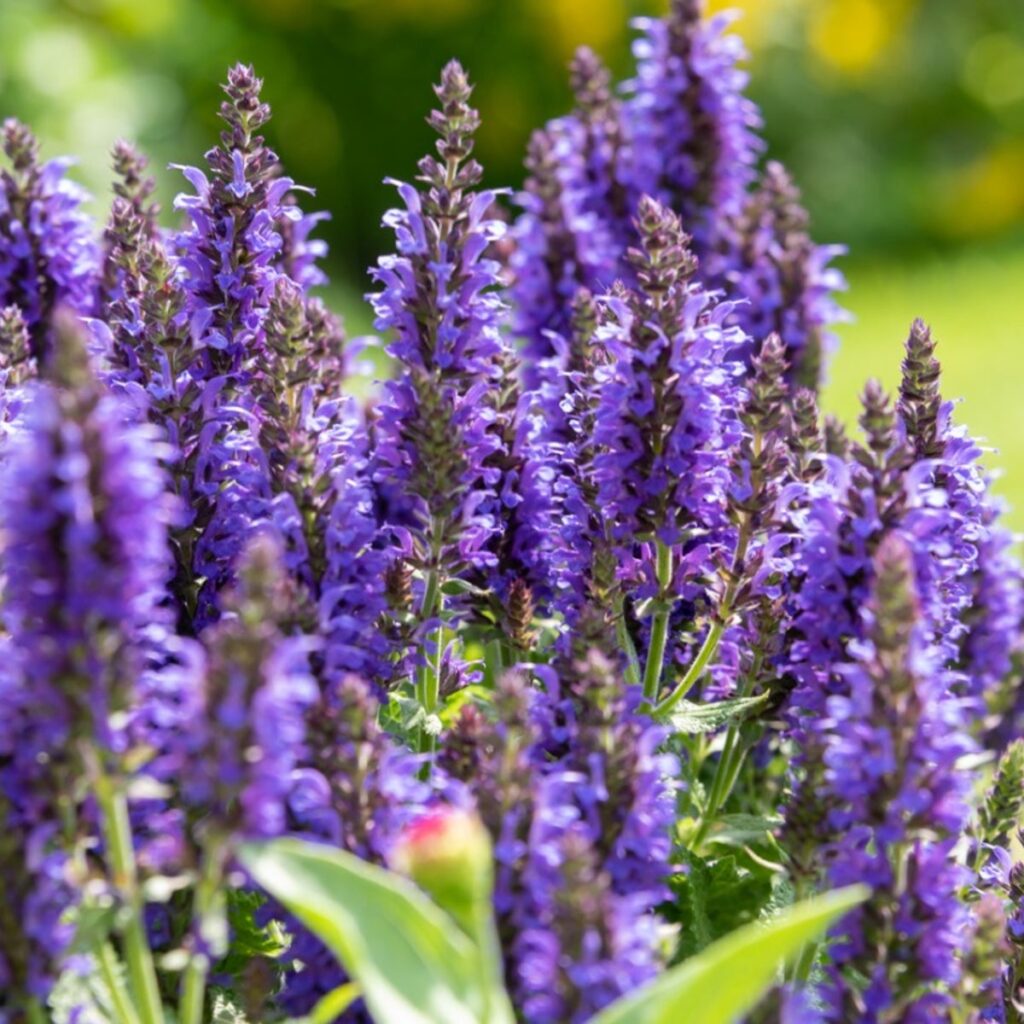
Salvias offer spiky, tubular flowers in shades of purple, blue, red, and pink that butterflies and hummingbirds can’t resist. Blooming from late spring through summer, they provide reliable nectar sources throughout the growing season. Popular varieties like Salvia nemorosa and Salvia guaranitica are drought-tolerant and thrive in sunny, well-drained soil. Their fragrant foliage deters deer, while their bold flower spikes add structure and color to pollinator-friendly borders.
10. Phlox (Phlox paniculata)
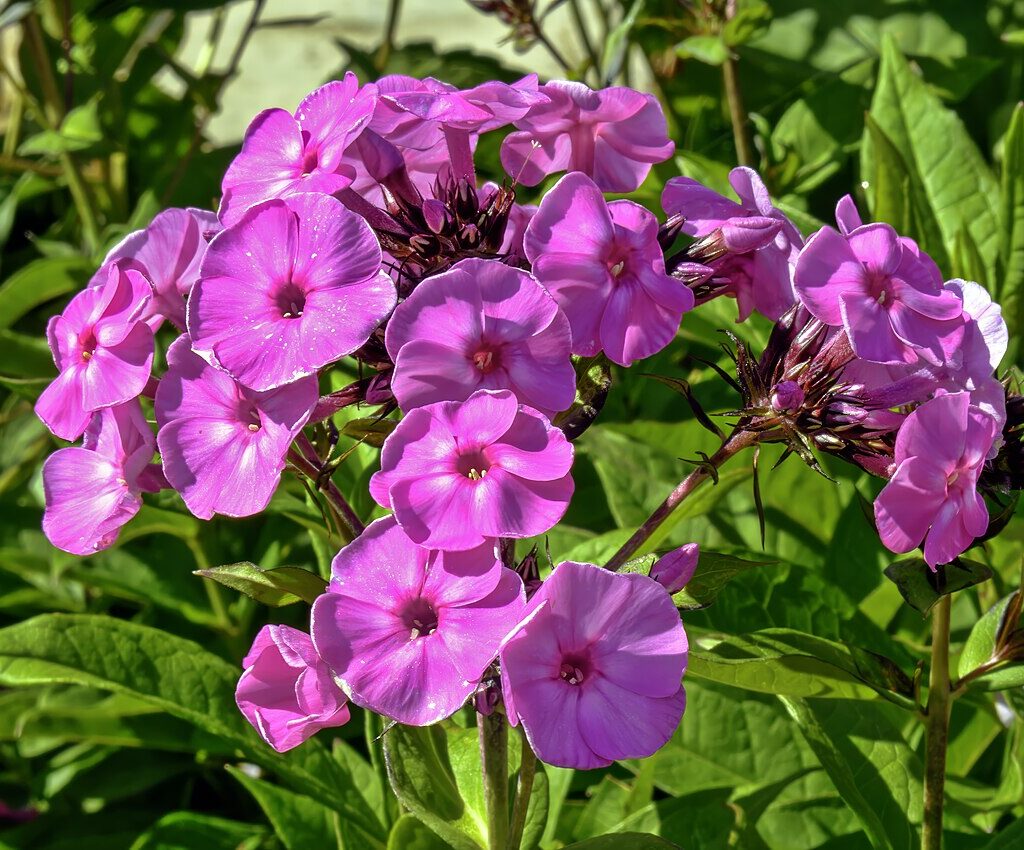
Garden Phlox is a showy perennial that produces fragrant, dense flower clusters in pink, purple, white, and red from midsummer into fall. Butterflies love its sweet-smelling blooms, and its tall, upright habit makes it a great companion to coneflowers and black-eyed Susans. Phlox thrives in full sun to partial shade with evenly moist soil. In addition to its pollinator-friendly flowers, it adds a cottage-garden look and heavenly fragrance to borders and perennial beds.
